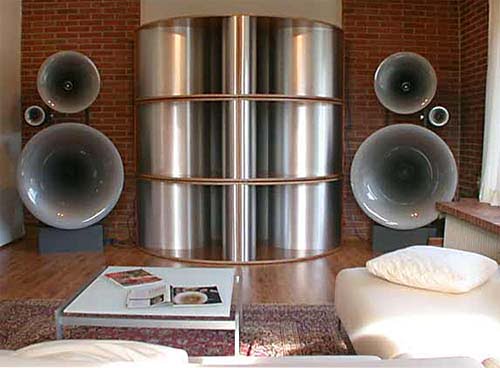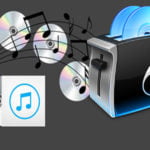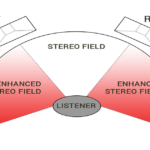It’s the time of year for saving money!
I wrote about horns, last time. More specifically, what I wrote about was bass horns; how they work; how outright huge they have to be in order to make even moderately deep bass. To illustrate this, I quoted Martin Colloms’ book High Performance Loudspeakers , in which the author states that even to reproduce 40Hz — not a major accomplishment by other loudspeaker standards — the mouth of a horn would have to have an area of 5.9 square meters (about 8 feet high by 8 feet wide), and goes on to say that such a speaker “… would need to be custom built into a location as part of a fixed structure, and is clearly impractical for most domestic situations.”
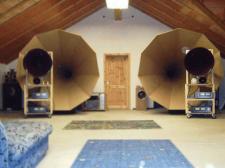 Although low-frequency horns do have to be big, they no longer have to as big as they used to: For one thing, some unknown (at least to me and all the sources I checked) genius invented the “folded” horn. This puts a number of bends in the structure of a horn so that it can maintain the necessary length and “flare” rate for effective low frequency reproduction in a much more compact space than a straight horn would require, and thus allows lower frequency horns to actually fit into a listening room. And Paul Klipsch invented the “corner horn”, which, instead of just fitting the horn into the room, makes the walls and floor of one corner of the listening room the last part of an effectively huge horn, and turns the room, itself into a part of the speaker. That was a great step forward, and I wrote about it last time. The corner horn was a real improvement, and that it was successful in the marketplace is easily seen in the fact that Electro-Voice, JBL (at the time, James B. Lansing Sound, Inc.) and numerous others all followed suit soon after its development. Even with folding and corner-loading, though, bass horns still – unless they are truly gigantic – can’t get down to the very lowest frequencies.
Although low-frequency horns do have to be big, they no longer have to as big as they used to: For one thing, some unknown (at least to me and all the sources I checked) genius invented the “folded” horn. This puts a number of bends in the structure of a horn so that it can maintain the necessary length and “flare” rate for effective low frequency reproduction in a much more compact space than a straight horn would require, and thus allows lower frequency horns to actually fit into a listening room. And Paul Klipsch invented the “corner horn”, which, instead of just fitting the horn into the room, makes the walls and floor of one corner of the listening room the last part of an effectively huge horn, and turns the room, itself into a part of the speaker. That was a great step forward, and I wrote about it last time. The corner horn was a real improvement, and that it was successful in the marketplace is easily seen in the fact that Electro-Voice, JBL (at the time, James B. Lansing Sound, Inc.) and numerous others all followed suit soon after its development. Even with folding and corner-loading, though, bass horns still – unless they are truly gigantic – can’t get down to the very lowest frequencies.
Even so, horn speakers offer some terrific advantages: They’re LOUD so you don’t need a big amplifier (A horn’s typical sensitivity gain of 10dB or better makes a 30 Watt amp driving horns just as loud or louder than an ampllifier with 300 Watts of output driving more conventional speakers), and they have a degree of immediacy and dynamic SLAM that’s both tremendously exciting and unmatched by any other kind of speaker I’ve ever heard! Horn lovers would never use anything else.
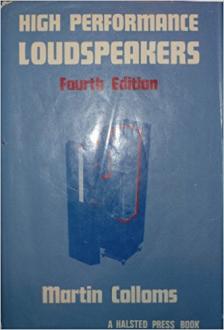 There’s also something else about horns’ basic nature that may have been influential on all of modern speaker design and construction: Different frequencies have different wavelengths, and how those wavelengths relate to the size of the horn is a crucial part of a horn’s operation, both as to the range of frequencies it will pass and the directivity (the dimensional “spread”) of the passed frequencies.
There’s also something else about horns’ basic nature that may have been influential on all of modern speaker design and construction: Different frequencies have different wavelengths, and how those wavelengths relate to the size of the horn is a crucial part of a horn’s operation, both as to the range of frequencies it will pass and the directivity (the dimensional “spread”) of the passed frequencies.
Simply put, if the horn’s mouth or throat are too much bigger than the wavelengths of the frequencies it’s passing (as for a bass horn trying to pass treble), or in the opposite case, where bass frequencies are too big for a mid-range or treble horn, the horn effectively stops being a horn and stops working as one, loses its ability to “amplify” (provide “low-impedance” coupling to the air), and simply becomes, for all intents and purposes, a direct radiator. This “limited band-pass” characteristic of horns is why, when you see a horn speaker system, it very often is either a hybrid of a horn and (usually for bass) something else or it consists of more than just a single horn – each for its own frequency band.
That differentiation of bandwidth is, of course, the horn characteristic that I’m thinking may have been influential on all but a very few other speaker designs. Perhaps it was because of their experience with horns, where it had to be done, that designers of other types of speaker systems learned that separating the audio spectrum to be reproduced by any speaker system into at least two and sometimes (as with the Fulton Premier speaker) as many as five or more bands and driver types, could give better performance and a wider overall frequency range.
Even for horns, the separation of frequencies for reproduction by different drivers has resulted in multiple different types of horn design, each intended to solve a different range of problems or to provide a particular combination of benefits.
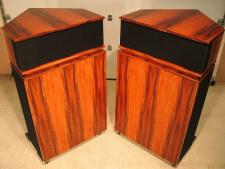 The one thing that – at least thus far – no one has been able to do is to make a horn that will reproduce deep bass in a truly small volume. Certainly the corner horn (a la Klipsch and others) was a great leap forward in bringing horn bass into the home that would actually fit in the home, but even today, some seventy years after the introduction of the K-horn, if you hear truly subterranean bass coming out of a speaker with a horn on it, you can bet that that speaker is a hybrid, using horns for some or all frequencies above that lovely, wall- shaking, bass, but with something else to produce the bass, itself.
The one thing that – at least thus far – no one has been able to do is to make a horn that will reproduce deep bass in a truly small volume. Certainly the corner horn (a la Klipsch and others) was a great leap forward in bringing horn bass into the home that would actually fit in the home, but even today, some seventy years after the introduction of the K-horn, if you hear truly subterranean bass coming out of a speaker with a horn on it, you can bet that that speaker is a hybrid, using horns for some or all frequencies above that lovely, wall- shaking, bass, but with something else to produce the bass, itself.
In years past, the biggest problem in making hybrid speakers was that the horns were so much more efficient than whatever else you might try to put with them that getting a good match was difficult or impossible. Now, however, new technologies have arisen that reverse the original condition that fostered the development of horn speakers as the sine qua non for big room or big loudness applications like the movies, concerts, and sound reinforcement. Now, instead of limited available power making highly efficient speakers a requirement, amplifiers of all kinds — even tube designs, will easily pump out hundreds of Watts of power for even the lowest-efficiency speaker. And one new kind of amplifier, the “Class D” switching amp, has appeared that can deliver thousands of Watts, easily, cheaply, and in a small, relatively cool-running package.
All of that means that we now have the power available to, if not break, at least seriously bend the laws of physics, and can actually force little speakers or speakers that simply shouldn’t do it to make big bass.
I’ll tell you about some of them next time.
See you then!
